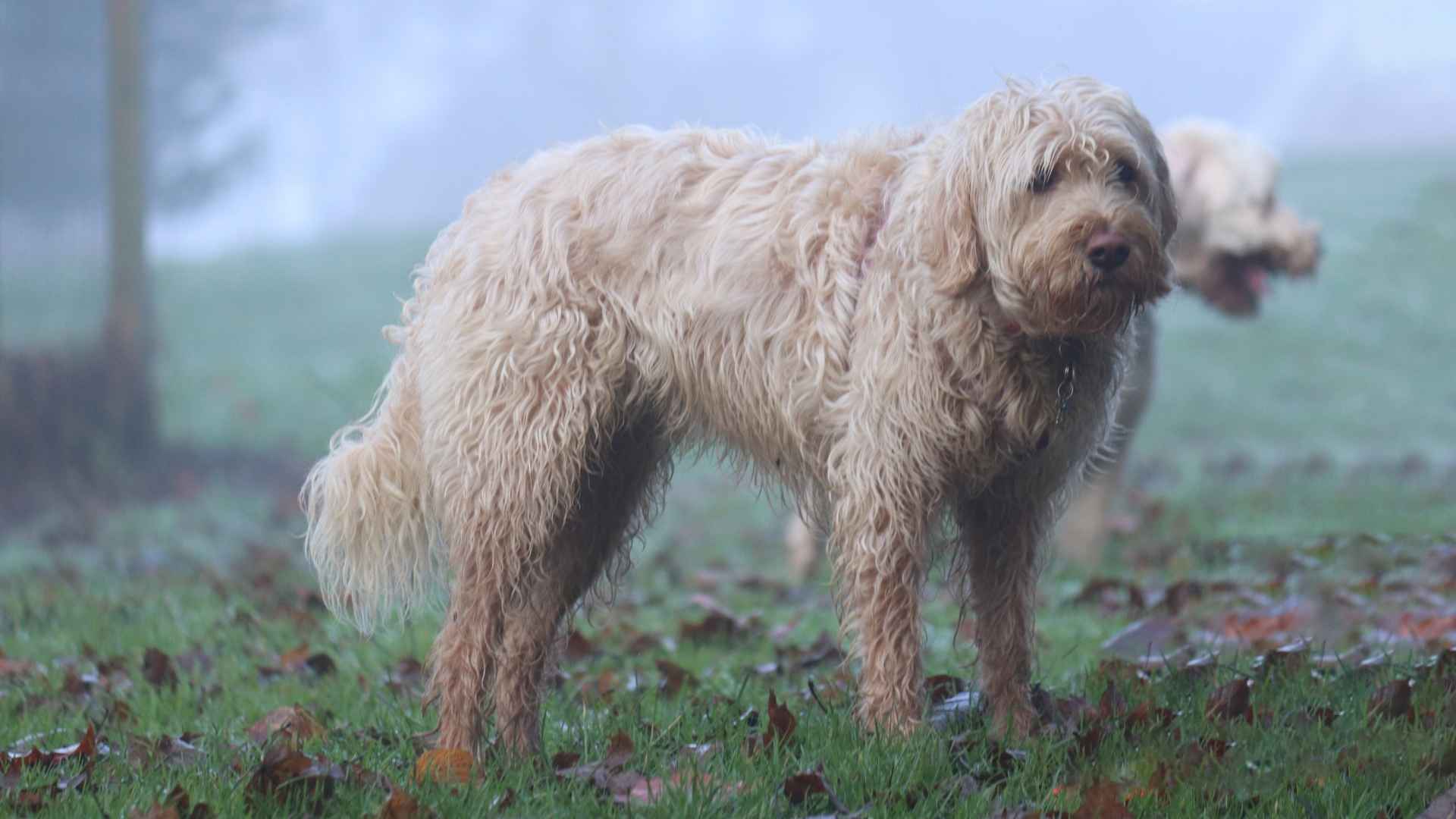For thousands of years, dogs have stood faithfully by humanity’s side as hunters, guardians, herders, and beloved companions. Over time, selective breeding gave rise to hundreds of distinct breeds, each tailored to specific environments, tasks, and lifestyles. While many of these dogs continue to thrive today, others are quietly vanishing, their numbers dwindling with each passing year.
The reasons behind a breed’s decline are varied. Shifts in societal needs, urbanization, modern breeding trends, and the fading relevance of certain working roles have all contributed to the near disappearance of once-valued dogs.
Some breeds have lost popularity due to their specific care requirements or simply being overshadowed by more fashionable companions. Regardless of the cause, the loss of a breed represents the loss of history, culture, and genetic diversity.
In this article, we explore the dog breeds currently teetering on the edge of extinction. By shining a light on these forgotten companions, we hope to raise awareness and appreciation for their unique stories—and what can still be done to save them.
Dog Breeds Facing Extinction
1. Skye Terrier
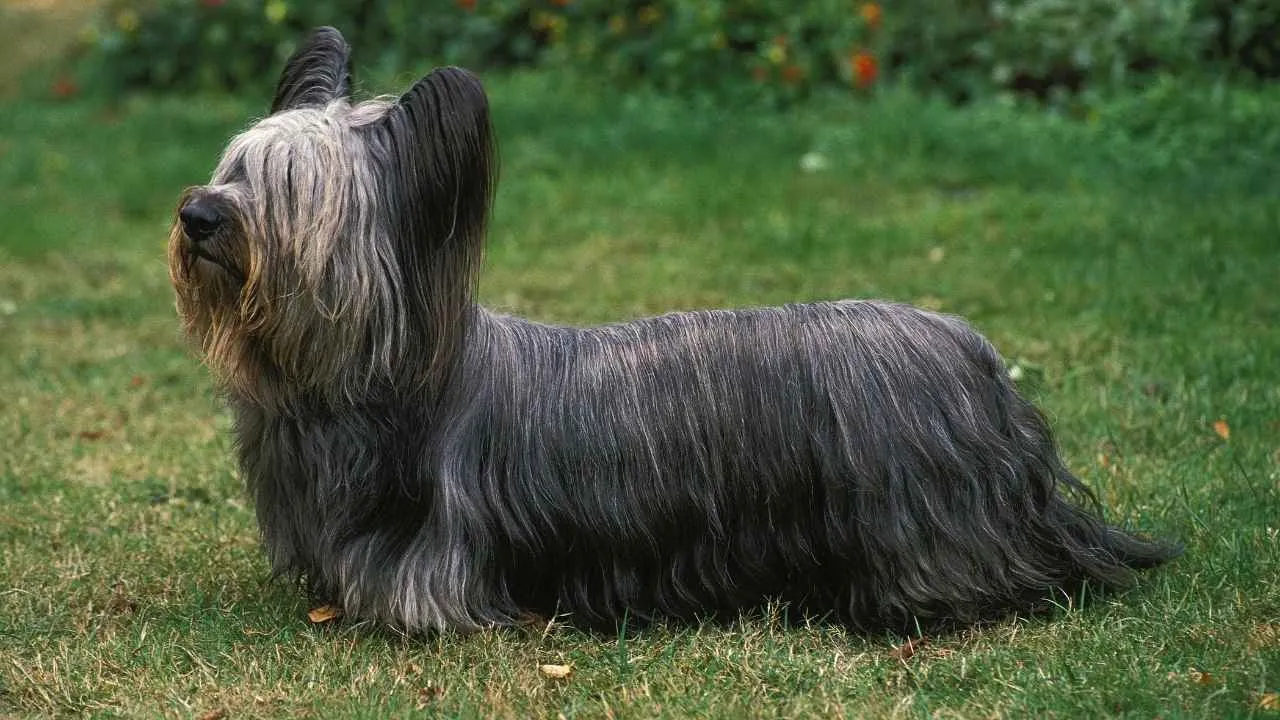
With roots on the Isle of Skye in Scotland, the Skye Terrier is an ancient breed that once served as a tenacious exterminator of pests. During the 19th century, it was widely admired among the British aristocracy—Queen Victoria herself championed its popularity.
These dogs are easy to spot, thanks to their long, flowing double coat, low-set frame, feathered ears (either prick or drop), and fringed tail. Standing around 9.5–10 inches tall and weighing approximately 24 pounds, the Skye Terrier is sturdily built and well-balanced despite its petite size.
Classified under the Terrier group, these dogs typically live between 12 to 14 years. While still cherished by enthusiasts, their dwindling population places them at risk of extinction. According to the AKC, Skye Terriers are known for their long, flat-lying coat and distinctive “peekaboo” hairstyle that often covers their eyes.
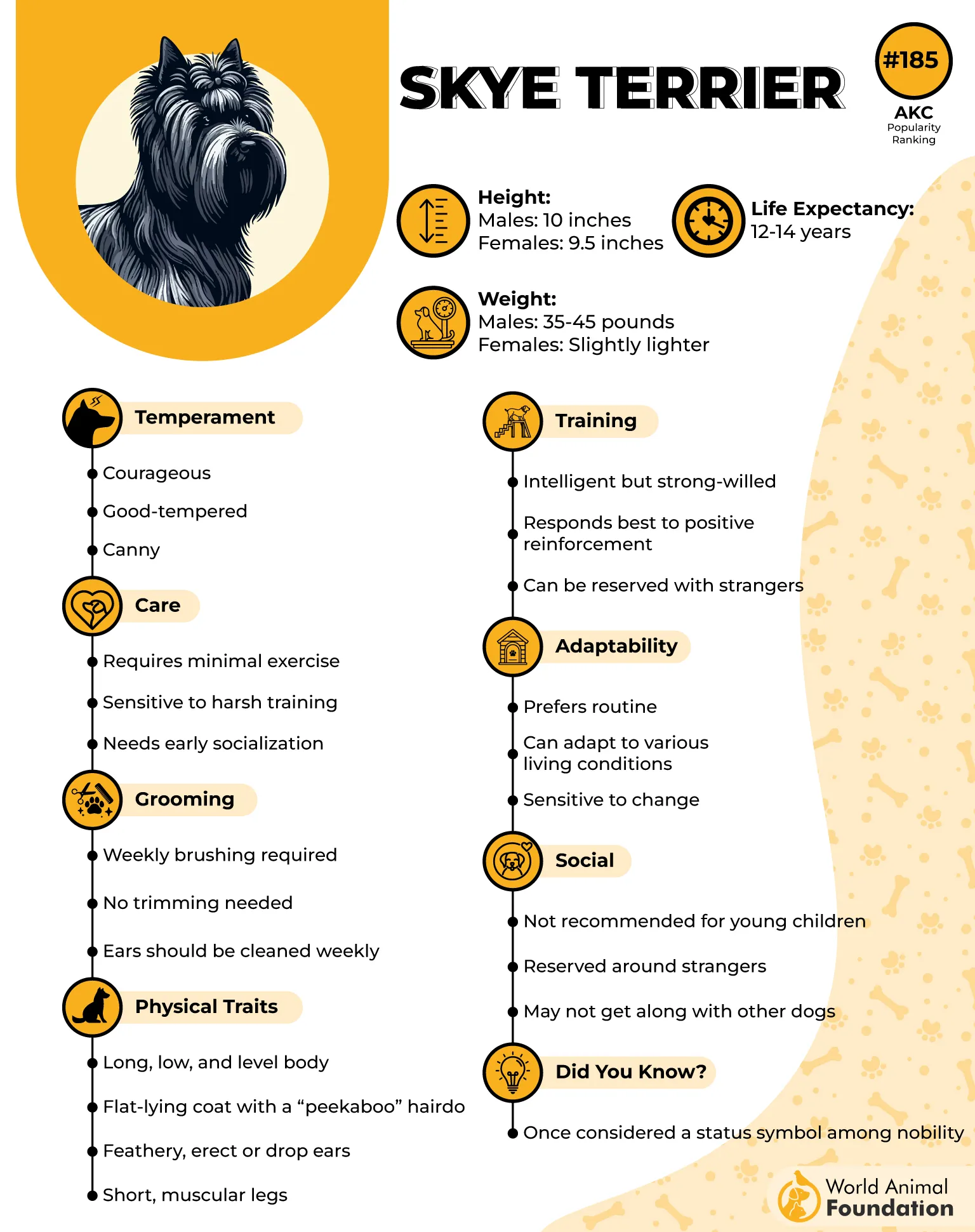
Care Needs
Though small in stature, the Skye Terrier has considerable energy and needs regular exercise to stay content. Daily walks and secure yard exploration help maintain its health and prevent boredom. Grooming requires consistency—its lavish coat demands brushing multiple times a week to avoid mats and tangles.
Early training and socialization are essential, as this breed can be assertive and independent, especially around strangers and other pets. Mental stimulation and affection also play a big part in their overall well-being.
Did you know?
A Skye Terrier named Greyfriars Bobby famously stood guard over his owner’s grave for 14 years in Edinburgh.
2. Norwegian Lundehund
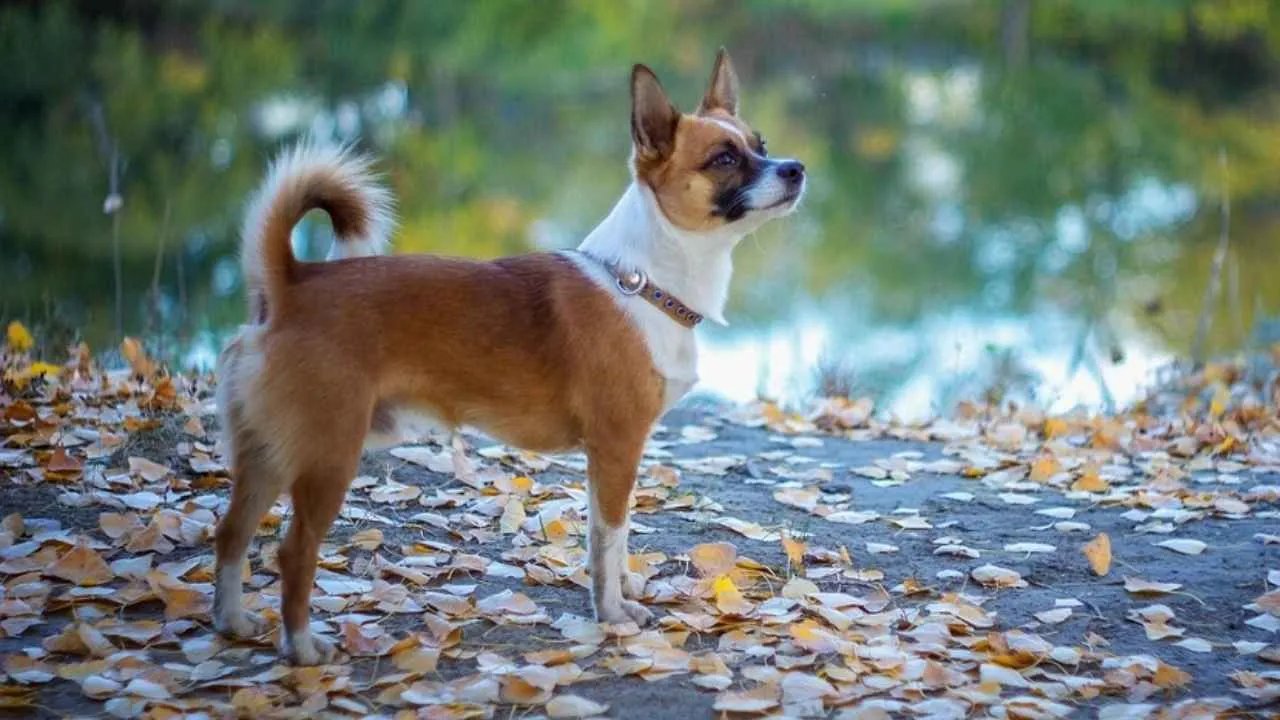
The Norwegian Lundehund, also known as the “Puffin Dog,” is an ancient Nordic spitz breed that originated in the remote cliffs of Norway. Initially bred to hunt puffins, it possesses remarkable adaptations such as six toes on each foot, flexible joints, and the ability to bend its head backward to touch its spine.
These traits once allowed it to scale steep rock faces and navigate narrow sea caves with ease. WebMD describes Norwegian Lundehunds as a gentle and mild-mannered dog breed.
Standing about 12–15 inches tall and weighing 20–30 pounds, the Lundehund features a short double coat that comes in various shades, including black, white, reddish-brown, and gray. With an average lifespan of 12–14 years, this breed remains one of the rarest in the world and is listed as critically endangered.
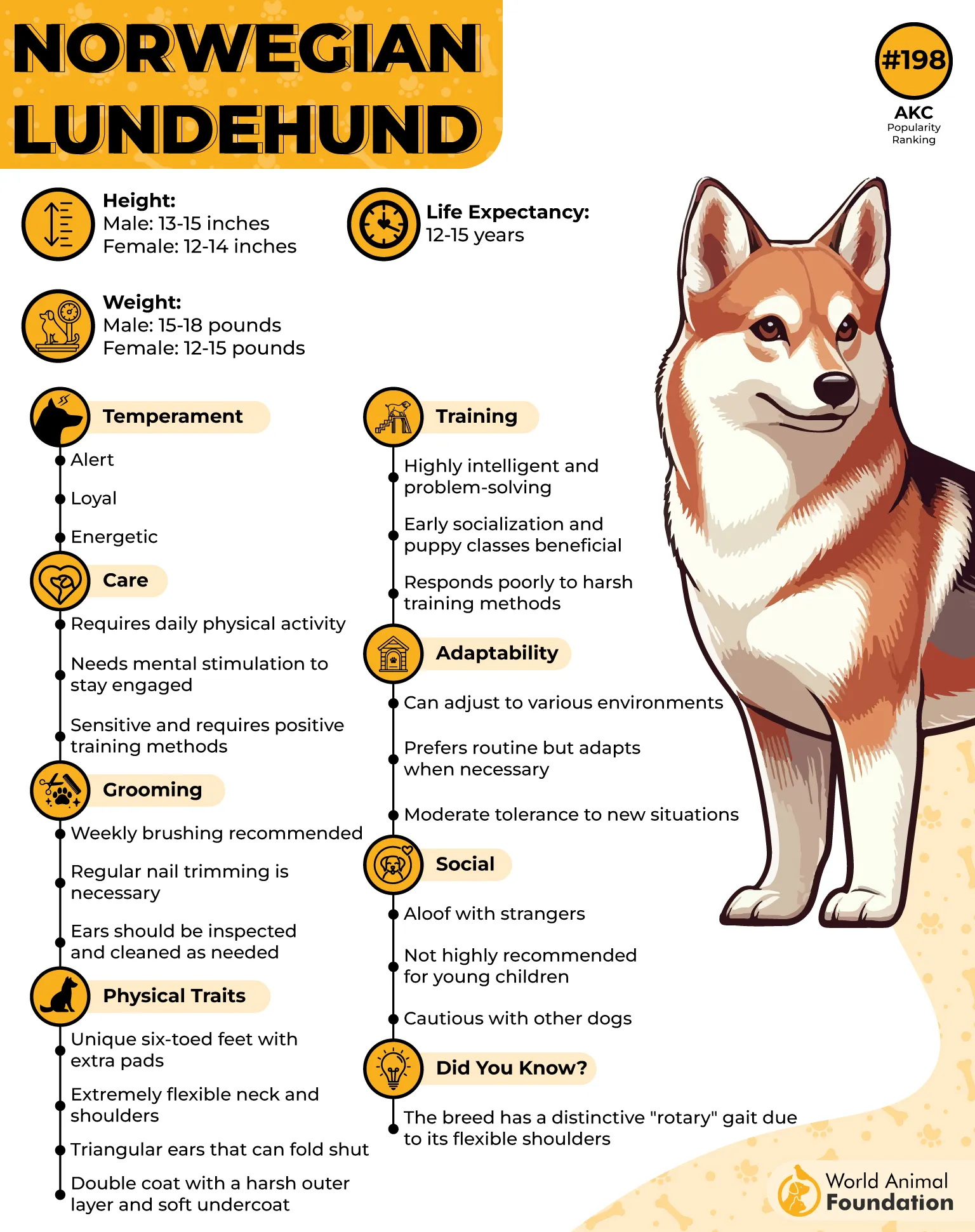
Care Needs
Despite its athletic roots, the Norwegian Lundehund has moderate energy levels. Daily walks of around 30 minutes, complemented by interactive play, are sufficient to meet its physical and mental needs.
Their short double coat is relatively low maintenance, requiring regular brushing to manage shedding. However, their care can be complicated by hereditary health concerns such as intestinal lymphangiectasia, a condition that affects nutrient absorption and necessitates careful dietary oversight.
Did you know?
The Lundehund’s population dwindled to just six purebred dogs in the 1960s, and all living Lundehunds today descend from those survivors.
3. Mudi
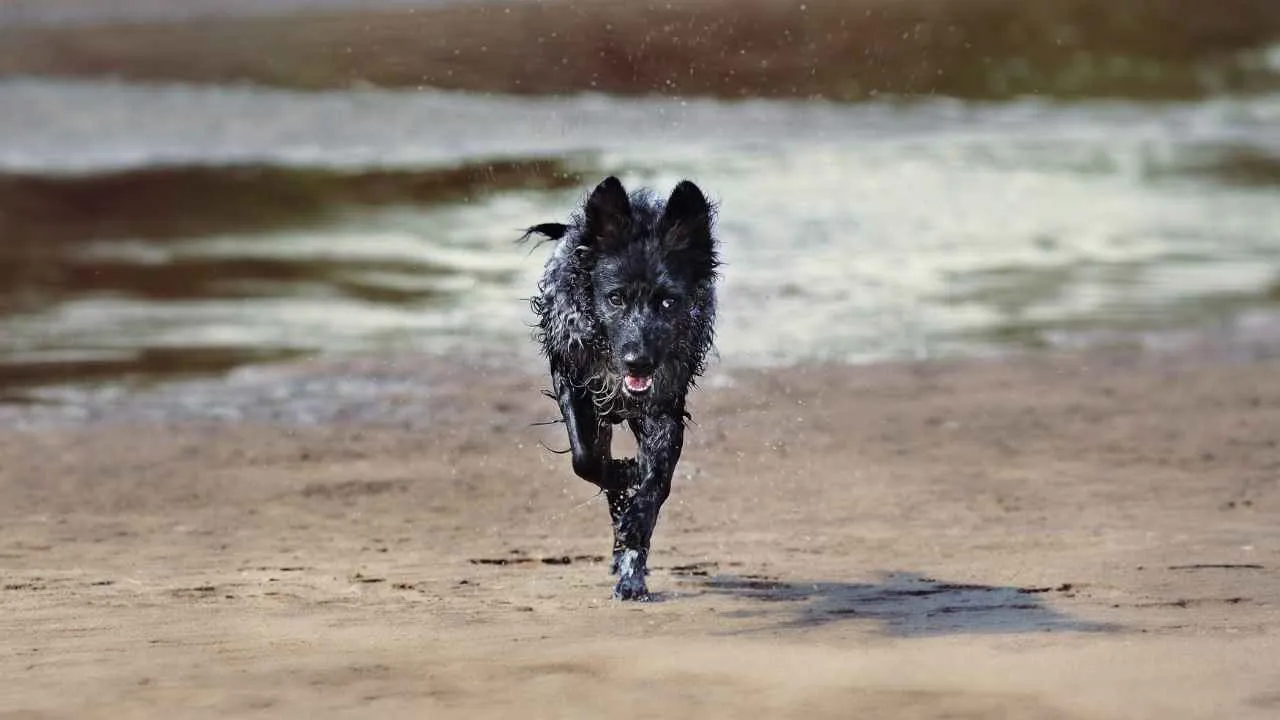
Also known as the Hungarian Mudi or Canis Ovilis Fényesi, the Mudi is a medium-sized herding dog originating from Hungary in the 19th century. PetMD notes that due to the breed’s athleticism and drive—and with American Kennel Club (AKC) recognition granted in 2022—interest in the breed is steadily increasing.
Developed through natural selection from working dogs like the Puli, Pumi, and German Spitz, the Mudi was bred for herding, guarding livestock, and pest control. Despite its exceptional talents and versatility, this rare breed remains under the radar, with only a few thousand individuals surviving globally today.
With a height ranging from 15 to 19 inches and a weight between 18 and 29 pounds, the Mudi has a distinct wavy to curly coat, pointy ears, and comes in varied colors like black, white, fawn, brown, and ash. Known for its agility, intelligence, and energetic nature, the breed excels in dog sports and search-and-rescue roles. Lifespan typically spans 13 to 14 years.
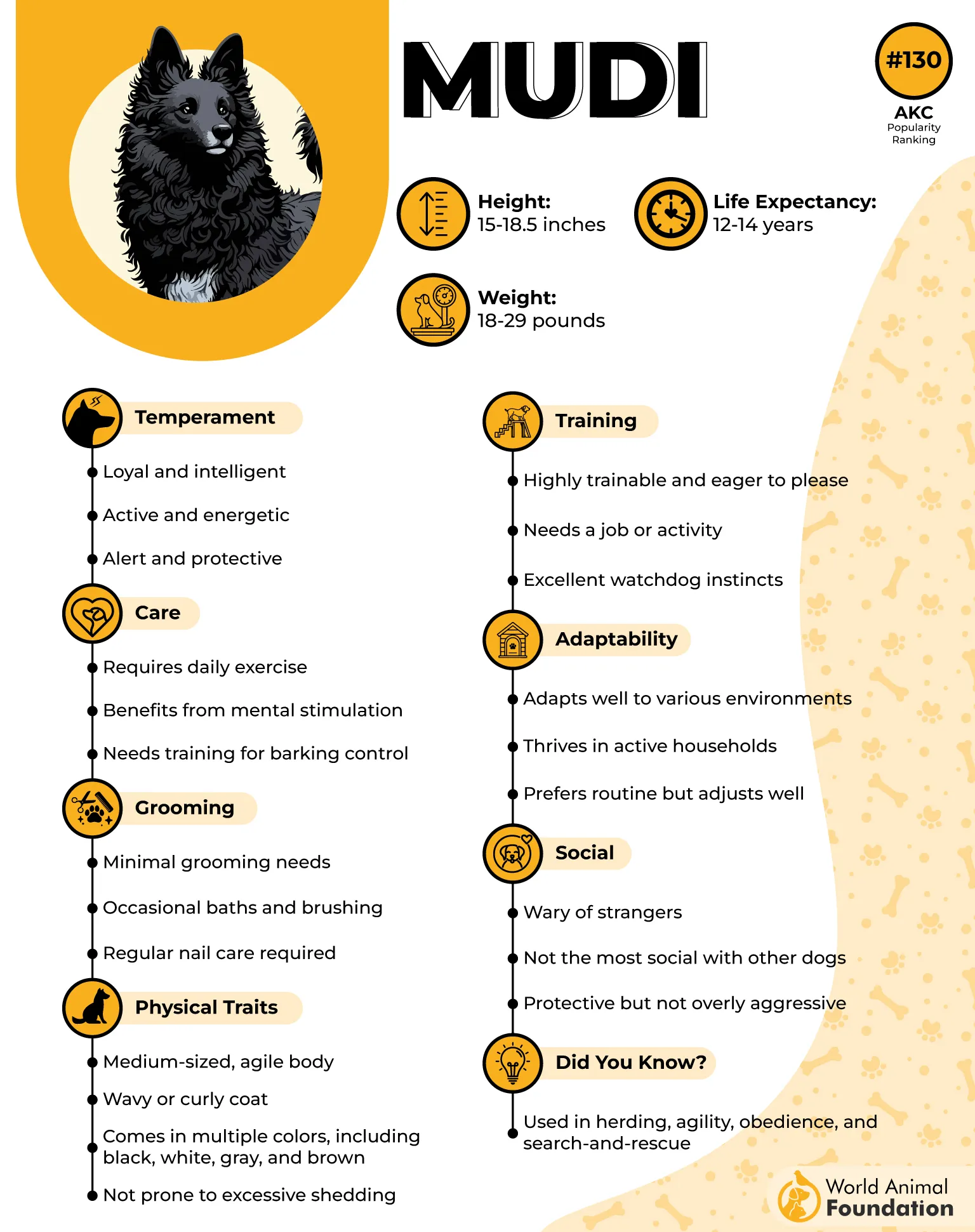
Care Needs
The Mudi thrives in an active environment, requiring consistent mental and physical stimulation to stay balanced. Daily exercise is non-negotiable—think long walks, herding drills, agility training, or flyball.
Its medium-length coat, though dense, is relatively low-maintenance and needs only weekly brushing. Socialization and structured training from an early age are key to nurturing their full potential.
Did you know? Despite its rare status, the Mudi is still celebrated for its fearless attitude and has even been deployed in search-and-rescue missions in Finland and the U.S..
4. Scottish Deerhound
A majestic and ancient sighthound, the Scottish Deerhound—also known as the “Royal Dog of Scotland”—has long been revered for its grace and gallant presence. Towering between 28 and 32 inches at the shoulder and weighing 75 to 110 pounds, it bears a resemblance to the Irish Wolfhound but with a wirier coat and a more slender frame.
Traditionally bred to pursue red deer across the rugged Scottish Highlands, this breed dates back to at least the 16th century, when ownership was once reserved exclusively for nobility.
The Deerhound’s wiry coat, often seen in shades of gray or fawn, combined with its elongated limbs and gentle eyes, gives it a dignified and timeless charm. Sadly, changes in hunting practices and a shrinking gene pool have placed the Deerhound on the Kennel Club’s list of vulnerable native breeds.
Care Needs
Scottish Deerhounds thrive on daily outdoor activity and mental enrichment. Adults require 1.5 to 2 hours of exercise each day, blending brisk walks, jogging, and off-leash sprints in secure areas. Their strong prey drive makes containment essential during activity.
For puppies, care must be taken to avoid excessive high-impact movement; gentle walks and controlled play are best until they reach full maturity around 18–24 months. Regular vet consultations help tailor safe routines for growing dogs.
Fun Fact: Once, only Scottish nobles ranked earl or higher were allowed to own Scottish Deerhounds.
5. Otterhound
The Otterhound, a rare British breed developed for otter hunting, is now critically endangered, with fewer than 1,000 worldwide. Known for its rugged charm, this large scent hound was designed for endurance in water, thanks to its rough, waterproof double coat and webbed feet.
This hunting breed’s roots trace back to medieval England and the Scottish Borders, where it protected fish stocks from otters. Adult Otterhounds typically stand between 24–27 inches tall and weigh 80–115 pounds.
Their expressive dark eyes, long pendulous ears, and shaggy appearance add to their rustic allure. Once essential to English hunts, they declined sharply after otter hunting was banned in 1978. Otterhounds are now prized as affectionate companions, though their boisterous, muddy-loving nature makes them best suited to homes with space and tolerance for mess.
Care Needs
Otterhounds require regular exercise and mental stimulation, often favoring long walks, swimming, and tracking games. Their dense coat demands weekly brushing to prevent matting and maintain its water-resistant properties.
They’re social, so early socialization is beneficial, especially for families with other pets. These dogs thrive in environments where they can engage their powerful nose and curious spirit.
Did you know? Otterhounds are officially rarer than the white rhino, making them the UK’s most endangered native dog breed.
6. Glen of Imaal Terrier
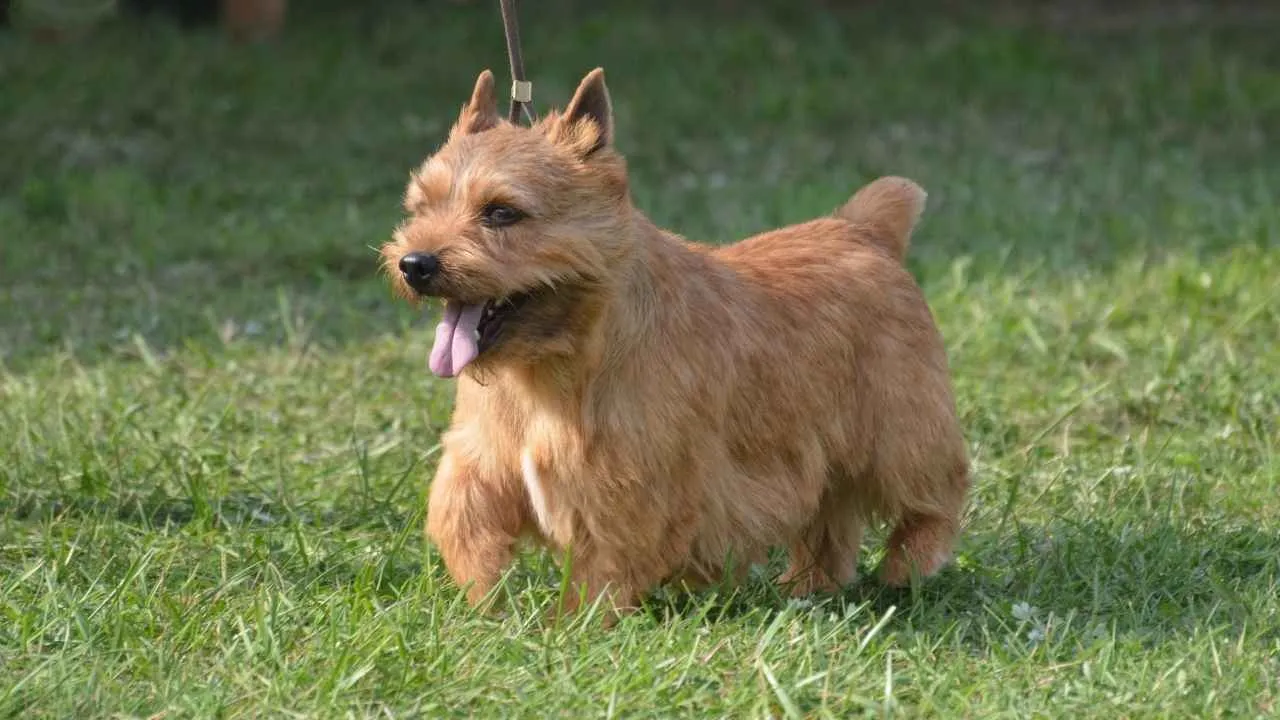
The Glen of Imaal Terrier, hailing from the remote and rugged valleys of Ireland, is a compact yet powerfully built terrier originally bred for vermin control and hunting duties. With origins tracing back to the 16th century, this rare breed has weathered centuries of Irish farm life, often doubling as a tenacious worker and a loving companion.
Characterized by a low-slung, muscular frame, bowed front legs, and a wiry, medium-length coat, Glens reach about 12.5 to 14 inches in height and weigh between 32 to 40 pounds. Coat colors include blue brindle and wheaten.
Despite their rugged appearance, they are known for a gentle temperament and a deep bond with their humans. Sadly, their numbers dwindled after World War II, and the breed remains on the verge of extinction, with only 58 registered by the UK Kennel Club in 2023.
Care Needs
Though less hyper than many terriers, Glens still need regular physical and mental stimulation. Their wiry coats benefit from occasional hand-stripping and weekly brushing to maintain texture and prevent matting.
These hardy dogs enjoy outdoor exploration but also relish quiet time indoors. Regular nail trims, ear checks, and dental hygiene round out their grooming essentials.
Fun Fact: The Glen of Imaal Terrier is affectionately dubbed a “big dog on short legs” due to its burly chest and sturdy build.
7. Tibetan Mastiff
The Tibetan Mastiff is an ancient guardian hailing from the rugged Himalayas, where it traditionally protected livestock, monasteries, and nomadic camps. With its massive build, thick luxurious coat, and a dignified presence, this breed was revered for its strength, independence, and loyalty.
Its lion-like mane and imposing size, sometimes exceeding 200 pounds, make it an unmistakable figure. The breed’s numbers have dwindled over time due to political unrest in Tibet and shifts in traditional lifestyles, but devoted conservation efforts have helped prevent its extinction.
Today, the Tibetan Mastiff remains rare, yet continues to captivate dog enthusiasts with its deep-rooted cultural legacy and formidable nature.
Care Needs
These loyal dogs require attentive care due to their physical and genetic traits. Their dense double coat needs regular brushing to prevent matting and manage seasonal shedding. Health screenings are crucial—this breed is prone to hip and elbow dysplasia, hypothyroidism, and eye and joint issues.
They may also suffer from gastric dilatation volvulus (bloat), a potentially life-threatening condition. To minimize risks, choose a reputable breeder who performs the necessary health tests. These dogs are best suited to experienced owners who can meet their demanding grooming and health maintenance needs.
Fact: Despite their size and strength, Tibetan Mastiffs are known for being calm and thoughtful, making them popular companion dogs in the UK.
Conclusion
As the world embraces popular breeds, many lesser-known dogs quietly fade into obscurity. These rare canines, once cherished for their unique traits and roles, now sit on the edge of disappearance. Each vulnerable breed tells a story of heritage, function, and companionship lost to time. Many breeds, once protectors, now face declining numbers despite their majestic presence and loyalty.
Other dogs with deep historical ties, like the Dandie Dinmont Terrier, once favored by Scottish nobility, or the gentle Sussex Spaniel, bred for slow, methodical hunting, struggle to maintain recognition in modern homes.
Even the elegant Irish Red and White Setter, known for its striking coat and sporting lineage, sees limited registrations. Events like the National Dog Show help spotlight these fading breeds, but continued awareness and preservation efforts are crucial. Saving these dogs means preserving living history—an irreplaceable link to our shared canine past.


